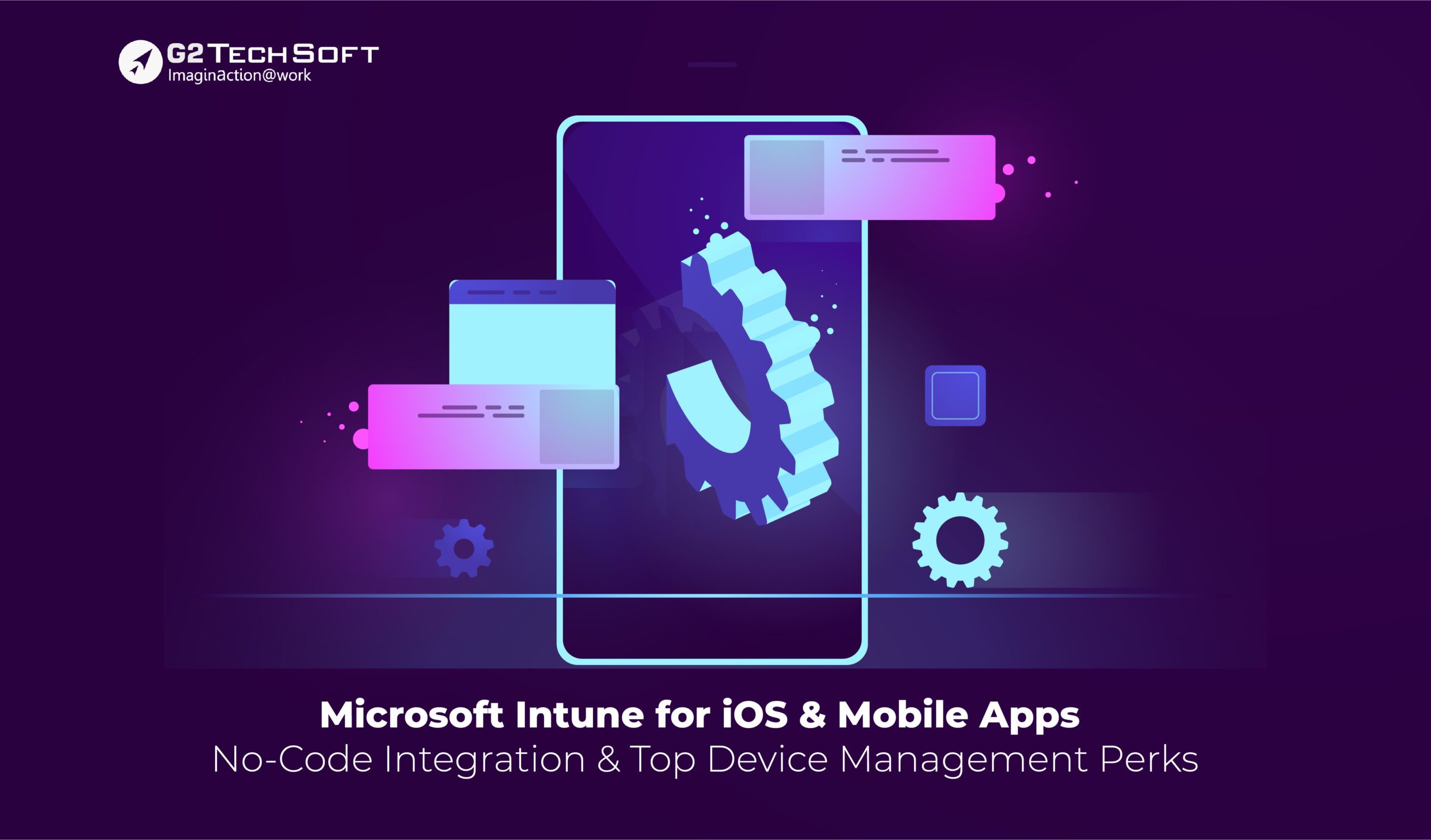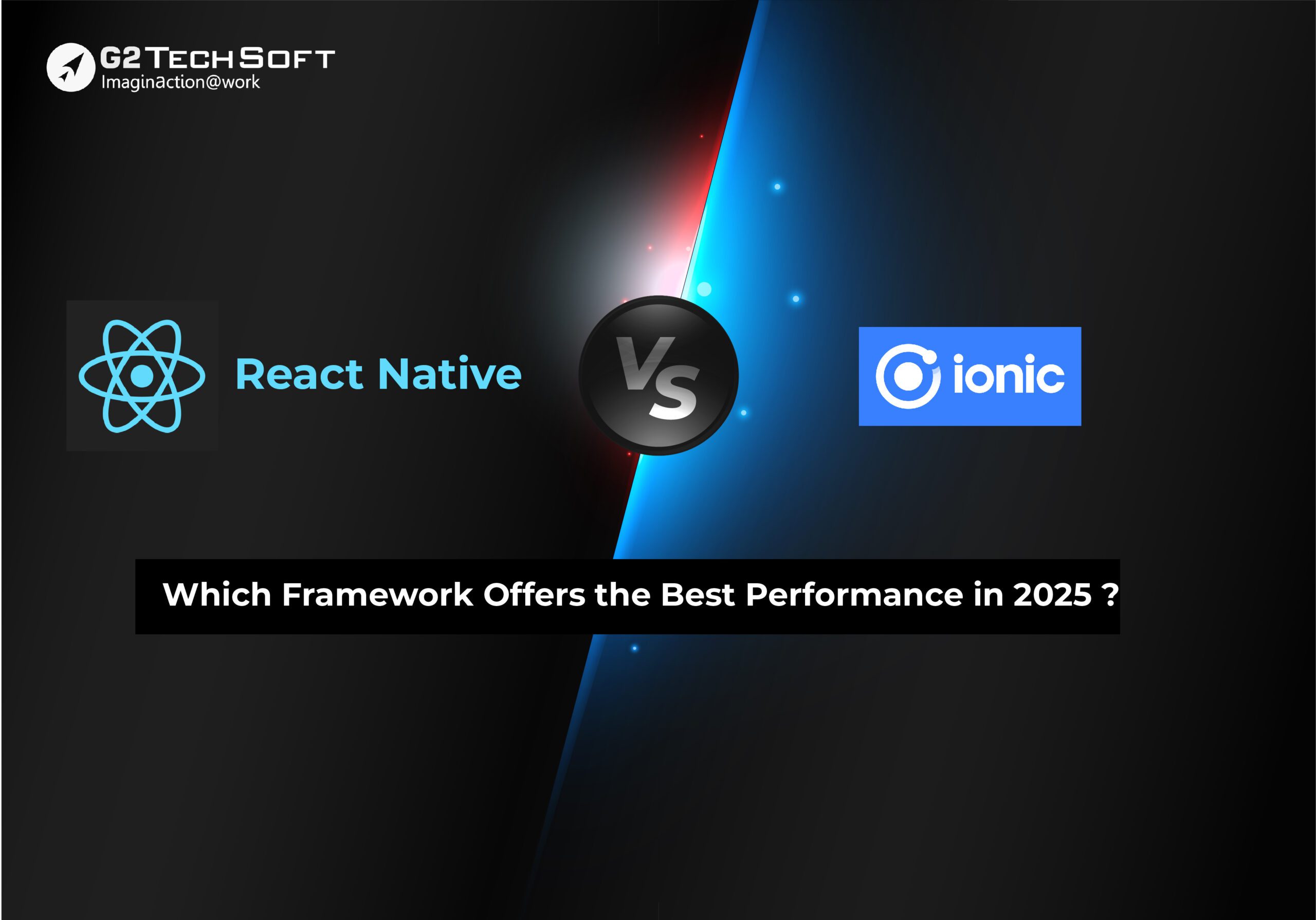
ECC To S4 HANA Migration: Strategies For A Successful Upgrade
Migrating from SAP ECC to SAP S/4HANA demands transferring transactional data, existing configurations, and master data to the new SAP S/4HANA environment. This migration must be complete, timely, accurate, and regulated, although it can be challenging and raises several questions.
This article serves as a reference for SAP review professionals involved in risk management and control activities before, during, and after converting SAP ECC systems to SAP S/4HANA.
Why Does Your Business Need To Migrate From SAP ECC To S/4HANA Now?
The transition from SAP ECC to SAP S/4HANA represents a significant upgrade, promising revolutionary progress for businesses through in-memory computing, simplified data models, cloud enhancements, and an improved user experience. Here’s an enhanced perspective of the distinctive perks of SAP S/4HANA over ECC:
In-Memory Computing:
SAP S/4HANA employs in-memory processing technology with SAP HANA, significantly speeding up data processing and analysis. Unlike the old-fashioned disk-based ECC databases, this offers instantaneous insights and decision-making abilities, which can be sluggish and unresponsive.
Simplified Data Model:
SAP S/4HANA’s simplified data model eliminates duplication and reduces the need for data reconciliation, streamlining data management and improving overall efficiency.
Improved User Interface:
S/4HANA’s SAP Fiori interface offers a user-friendly and contemporary experience, permitting users to work instantly and more efficiently. This improvement increases application adoption, limits errors, and lowers training costs.
Sophisticated Analysis:
S/4HANA involves real-time, integrated, and predictive analytics built into the system. In contrast, ECC often requires additional tools to achieve these functions, resulting in fragmented and delayed insights.
Cloud Capabilities:
Designed with cloud integration as a priority, S/4HANA enhances business operations with increased scalability and flexibility. ECC, on the other hand, has limitations that will only become more pronounced as its support deadline approaches.
Automation And AI Integration:
S/4HANA facilitates the incorporation of advanced technologies such as machine learning, AI, and robotic process automation, enabling more intelligent and efficient business operations. ECC’s capabilities in these areas are limited and often require significant customization.
Simplified Business Operations:
SAP S/4HANA offers integrated end-to-end solutions, akin to running a well-oiled machine where everything works together seamlessly. ECC, in contrast, operates in a more disjointed and standalone manner.
Many firms are considering shifting to the cloud following the SAP ECC to S/4HANA conversion, with two primary strategies available:
- Convert And Then Migrate: Known as the “lift and shift” strategy, this approach converts the SAP ECC system to SAP S/4HANA before migrating to the cloud, transferring the existing system with minimal changes to minimize disruptions.
- Migrate And Then Convert: Referred to as the “greenfield” strategy, this method migrates the SAP ECC system to the cloud first, then converts it to SAP S/4HANA. This allows businesses to redesign processes and fully utilize the new system’s capabilities.
Both strategies have their pros and cons, depending on the organization’s specific goals and requirements.
Many firms are using SAP Hosting services to move to the cloud, benefiting from enhanced security, adaptability, performance, and predictable costs. Various deployment methods and managed services are available to meet different needs. Partnering with a trusted SAP hosting provider ensures a smooth, disruption-free transition to the cloud.
Essential Preparations For A Smooth SAP ECC To S/4HANA Migration:
1. Getting Started: Pre-requisite Phase
Before converting SAP ECC to S/4HANA, ensure the following conditions are met:
- SAP Version: This should be at least SAP ERP ECC 6.0.
- Single/Dual Stack: ABAP only, not dual ABAP/JAVA.
- Unicode System: Database and SAP kernel must be Unicode enabled.
- Pre-Checks And Pre-Requisites: Conduct necessary inspections and locate obsolete/new Tcodes.
- CVI Implementation: Archive customer/vendor data, activate business operations, and integrate custom enhancements.
- Readiness Check And Simplification Item Catalog: Plan and prepare for conversion, and identify system changes.
2. Assessment Of Current SAP ECC Landscape:
Review your SAP ECC landscape and business processes to:
- Identify Scope: Determine systems and functionalities for conversion.
- Conduct System Analysis: Analyze custom code, data volume, and business processes.
- Identify Gaps: Plan for gaps between ECC and S/4HANA.
- Prepare Roadmap: Create a timeline with milestones and deliverables.
- Review Licensing: Opt for the best SAP S/4HANA licensing option.
3. Preparation Phase:
Prepare the current SAP ECC system for conversion by:
- Data Management: Remove or archive excess data.
- Project Planning: Plan for brownfield migration.
- Maintenance Planner: Plan updates and upgrades.
- Simplification Item Checks: Do consistency and relevancy checks.
- Code Analysis Tools: Use ABAP Test Cockpit and Custom Code Migration App.
4. Technical Conversion Phase:
Execute technical upgrades and data migration by:
- System Upgrade: Make use of SUM to upgrade to the current version.
- Custom Code Adaptation: Modify custom code for compatibility.
- Data Optimization: Ensure data volume compliance.
- Testing And Migration: Perform functional testing and migrate data.
- Configuration: Set up the new S/4HANA system.
5. S/4HANA Transformation:
Post-migration activities include:
- Data Cleansing And Optimization: Ensure data compatibility.
- Leveraging New Features: Utilize S/4HANA capabilities for business transformation.
- Managed Services: Ensure system functionality and address issues.
After conversion, decide whether to stay in the same data center or migrate to the cloud.
Best Practices For Executing Your SAP ECC To S/4HANA Migration:
Migration Approaches:
1. Greenfield Approach:
This strategy involves a fresh implementation of SAP S/4HANA, ideal for firms seeking to redesign processes without legacy constraints.
Advantages:
- Freedom to employ best practices without legacy limitations.
- Simplified architecture and user experience.
2. Brownfield Approach:
Also known as system conversion, this method upgrades the existing SAP ECC system to SAP S/4HANA, retaining historical data and customizations.
Advantages:
- Retains valuable historical data and existing configurations.
- Minimal disruption to ongoing operations, ensuring continuity.
3. Hybrid Approach:
This blends elements of both Greenfield and Brownfield strategies, allowing organizations to keep certain legacy components while implementing new processes.
Advantages:
- Flexibility to adapt to specific business needs.
- Balances innovation with retention of existing systems.
Best Practices For Migration:
- Conduct A Comprehensive Assessment: Evaluate the current SAP ECC landscape, including system architecture, customizations, and integration points, to detect potential challenges and inform the migration strategy.
- Develop A Detailed Migration Plan: Create a structured plan outlining the timeline, required resources, and specific tasks. Involving all relevant stakeholders ensures alignment and clarity.
- Utilize SAP Activate Methodology: Leverage the SAP Activate methodology for a clear roadmap, including predefined tasks and tools for project management, to streamline the transition.
- Testing And Validation: Conduct thorough testing of the migration plan and have a rollback strategy ready to address any unforeseen issues.
- Post-Migration Support: Provide ongoing support for optimizing the new system, including continuous monitoring, user training, and regular updates to maintain reliability.
Post-Migration Best Practices For SAP S/4HANA:
To ensure the success of SAP S/4HANA post-migration, firms should focus on leveraging advanced analytics, maintaining system performance, managing updates, and training users effectively.
Leveraging Advanced Analytics And Real-Time Data Processing: Utilize SAP S/4HANA’s in-memory computing for faster data processing and real-time analytics, facilitating quicker, informed decisions. Employ integrated predictive analytics tools for timely insights and implement the SAP Fiori interface to enhance user experience, reduce training time, and improve engagement.
Maintaining System Performance: Continuously monitor system performance using SAP’s tools to preemptively address issues. Optimize data models and archive unnecessary data to limit latency and improve speeds. Regularly apply updates and patches, testing them in a controlled environment to avoid disruptions.
Handling Updates: Schedule updates during off-peak hours to minimize business impact, and implement robust testing protocols in a sandbox environment to identify issues before they affect the live system. Communicate updates and changes to stakeholders to prepare users and minimize resistance.
Training Users: Develop comprehensive training programs that cover both technical aspects and practical applications, including hands-on sessions and online resources. Establish feedback channels to refine training based on user input, and offer continuous learning opportunities through workshops and webinars to keep users updated on new features and best practices.
Conclusion:
To accelerate the transition to SAP S/4HANA, our G2 TechSoft services offer streamlined migration and management solutions. Our SAP S/4HANA Transformation Factory service outlines the necessary procedures for a successful transformation.
Additionally, our SAP Hosting Services provide a secure and reliable infrastructure for hosting SAP systems, ensuring minimal disruption to business processes and safeguarding against data loss or corruption. For a seamless and efficient conversion process, we recommend considering G2 TechSoft’s SAP Managed Services.




